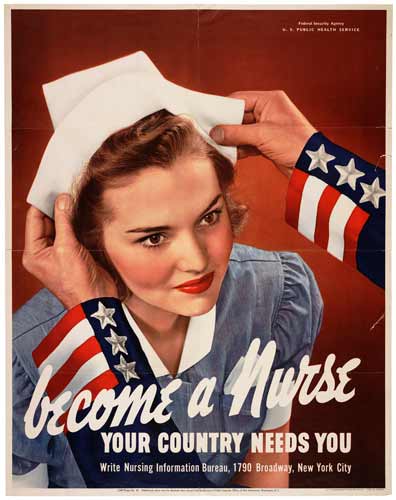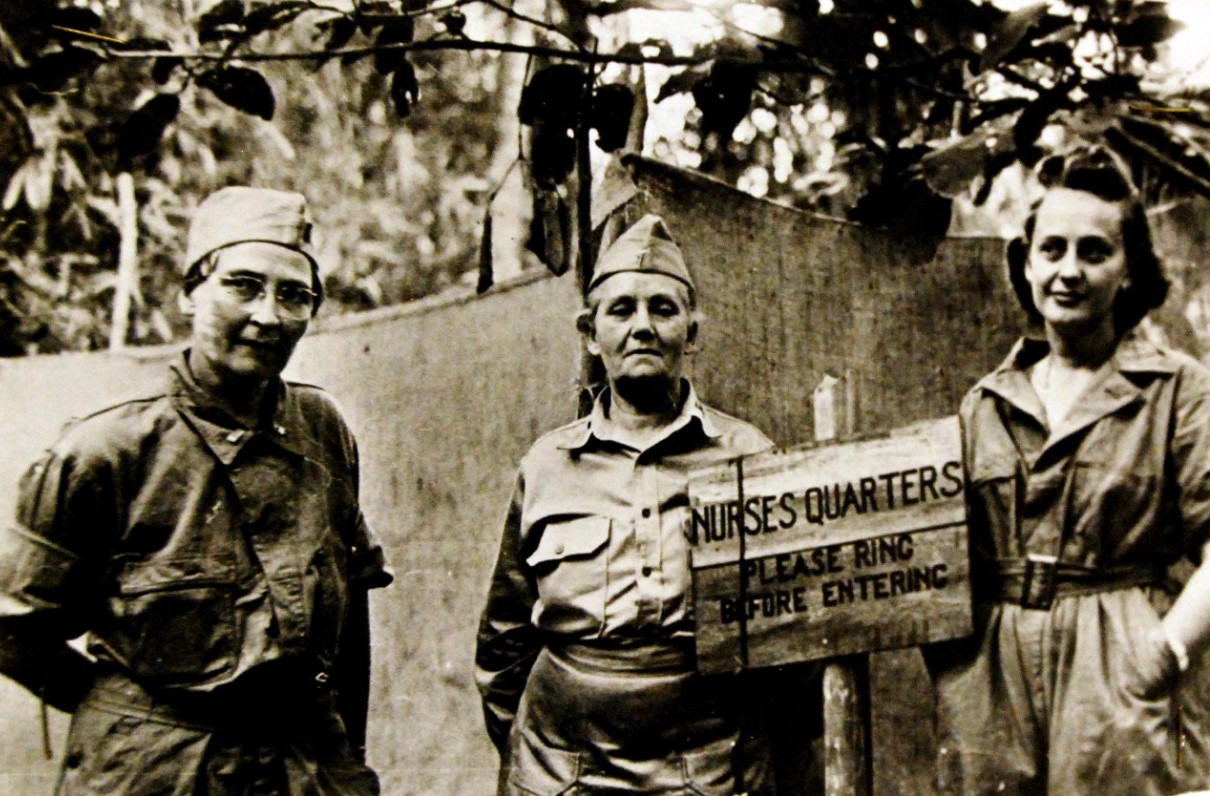By Capt. Meribeth Meixner Reed, USPHS (Ret)
Military nurses can - and do - go anywhere, prepared to care for mass casualties in extreme environments, under austere conditions, with the best equipment in the world or with limited resources.
Nurses expanded autonomous, self-directed practice at base hospitals in Europe during World War I, treating an unprecedented number of war injuries, wound infections, and toxic gas exposures - complicated by pandemic influenza. Military nurses initiated and mastered triage, frequently conducted outside in cold rain and mud, expediting life-saving treatments.
In post-war 1919, a triumvirate of federal nursing superintendents was established by the collaboration of Navy Superintendent Lenah Sutcliffe Higbee, Army Superintendent Julia Stimson, and Lucy Minnigerode, founder of the U.S. Public Health Service Nursing Corps. These visionaries faced overwhelming demands during demobilization, and all were invested in recruiting and educating nurses for war service and rehabilitation care.
Higbee was one of the Navy Nurse Corps' “Sacred Twenty” - its first nurses - and the second to lead the corps. When nurses received relative rank, Stimson was commissioned as a major, and in nursing circles, she was called by her rank. While superintendent, she was also dean of the Army School of Nursing. Minnigerode increased nurse staffing in USPHS hospitals from 46 to 1,800 to care for discharged veterans; initiated undergraduate and postgraduate courses; then suddenly relinquished 1,400 nurses when 57 hospitals were transferred to the newly formed Veterans Bureau in 1922.
Navy Lt. Grace Lally, already recognized for her seniority in sea duty, further distinguished herself as an eyewitness to the bombing of Pearl Harbor. Within minutes, she activated emergency and surgical services on USS Solace (AH-5), coordinating Navy clinicians and volunteers, including USPHS physicians, and saving the lives of hundreds that fateful day.
Ethnic and gender diversity came slowly. Sage Memorial Hospital on the Navajo Reservation prepared American Indian nurses; at least 30 answered the call to active duty during World War II. Lena Grant Swearingen, of the Karuk Tribe, was a pioneer flight nurse with the Army Air Forces. Later promoted to captain, she was assigned to the 816th Medical Air Evacuation Squadron, which rescued soldiers from Omaha Beach the week after D-Day and performed air evacuations from England, Scotland, and France. Her schoolmate and fellow Army nurse Lt. Arlene Manuel Wall, a Pima Indian, survived a kamikaze attack on USS Comfort (AH-6) in April 1945 that killed six other nurses.
Through World War II, men who were registered professional nurses served on active duty, but they were not admitted to the nurse corps. In August 1955, the Bolton Act authorized reserve commissions for men in the military nurse corps, and in October 1955, Elwin Robertson became the first male nurse officer commissioned in the Air Force.
Harlem Hospital graduate Hazel Johnson-Brown served in Japan and Korea and trained nurses preparing to deploy in Vietnam. Later, she directed the Walter Reed Army Institute of Nursing. She became the Army Nurse Corps' first black brigadier general and first doctorally prepared chief nurse officer.
Army Nurse Capt. Maria Ines Ortiz served in Honduras, South Korea, Maryland, and at Walter Reed Army Medical Center before her deployment to the 28th Combat Support Hospital, Baghdad, Iraq, where she died of wounds sustained in an enemy mortar attack on the compound in July 2007. Hers was the first death of an Army nurse under hostile fire since the Vietnam War.
Back to 100 Veterans, 100 Years: A Century of Stories You Should Know
